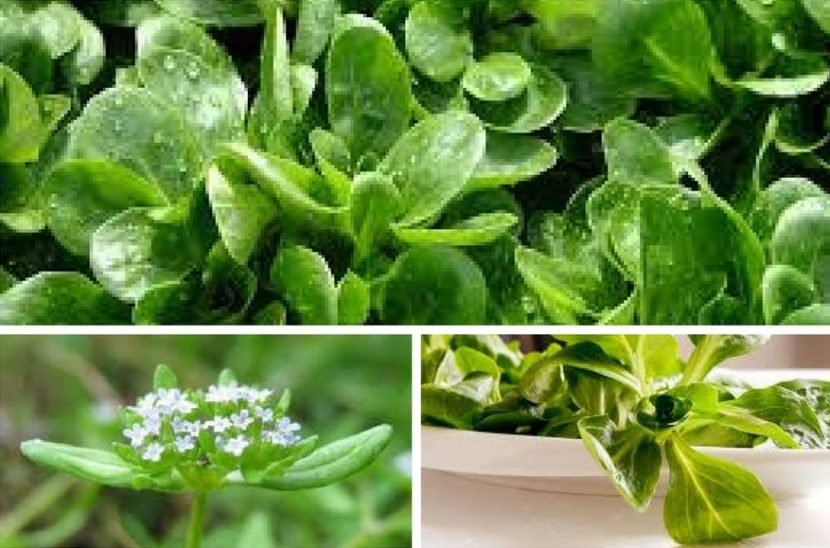Valerianella locusta
Cultivation
It is sown directly to the garden, or possibly from seedlings. It grows already above 5 °C (41 °F), optimum temperatures for growth and development being around 18 °C (64 °F).
Distance between plants
At least 20 cm (8 in) between rows and at least 2 cm (0.8 in) between plants.
Location
Sunny.
Amount
At least 10 plants per person.
Time of planting
In august, sow in shade or put shades around. Sow in September and October to use in spring. It can also be sown in spring, until mid-April. It germinates in around four weeks.
Fertilization
It doesn’t need special fertilization; keeping the soil soft is enough. Excess or inappropriate fertilizing can result in excess nitrates in soil.
Watering
Water only when planting in the summer. Otherwise it grows in the period when there is enough water. Because it has shallow roots, it needs regular watering in times of drought.
Lamb’s lettuce’s good neighbors
Radicchio, beans, Chinese cabbage, broad beans, tomato, peppers, cucumbers, radish, sweet corn, strawberries.
Lamb’s lettuce’s bad neighbors
/
Diseases and pests
Its main foe is weeds. You can avoid other problems by keeping the soil soft, preventing excess water to stay in the soil, not using garden covers and moderate fertilization.
Lamb’s lettuce’s storage
Cut constantly for regular use. Store in the fridge for a few days, unwashed and in airy bags.
Food
Fresh leaves like other leaf vegetables.
Important
Keep the soil soft. When planting in summer, water and shade the plants. The seeds don’t germinate the year we collect it – use older seeds or put fresh seeds in the freezer for a few days. Don’t store seeds in plastic bags.
Miscellaneous
It contains more vitamins and minerals than lettuce. Being a close relative of valerian it has a calming effect. It is an easy plant to cultivate, as it doesn’t need special care and can be sown together with overwintering radicchio.

